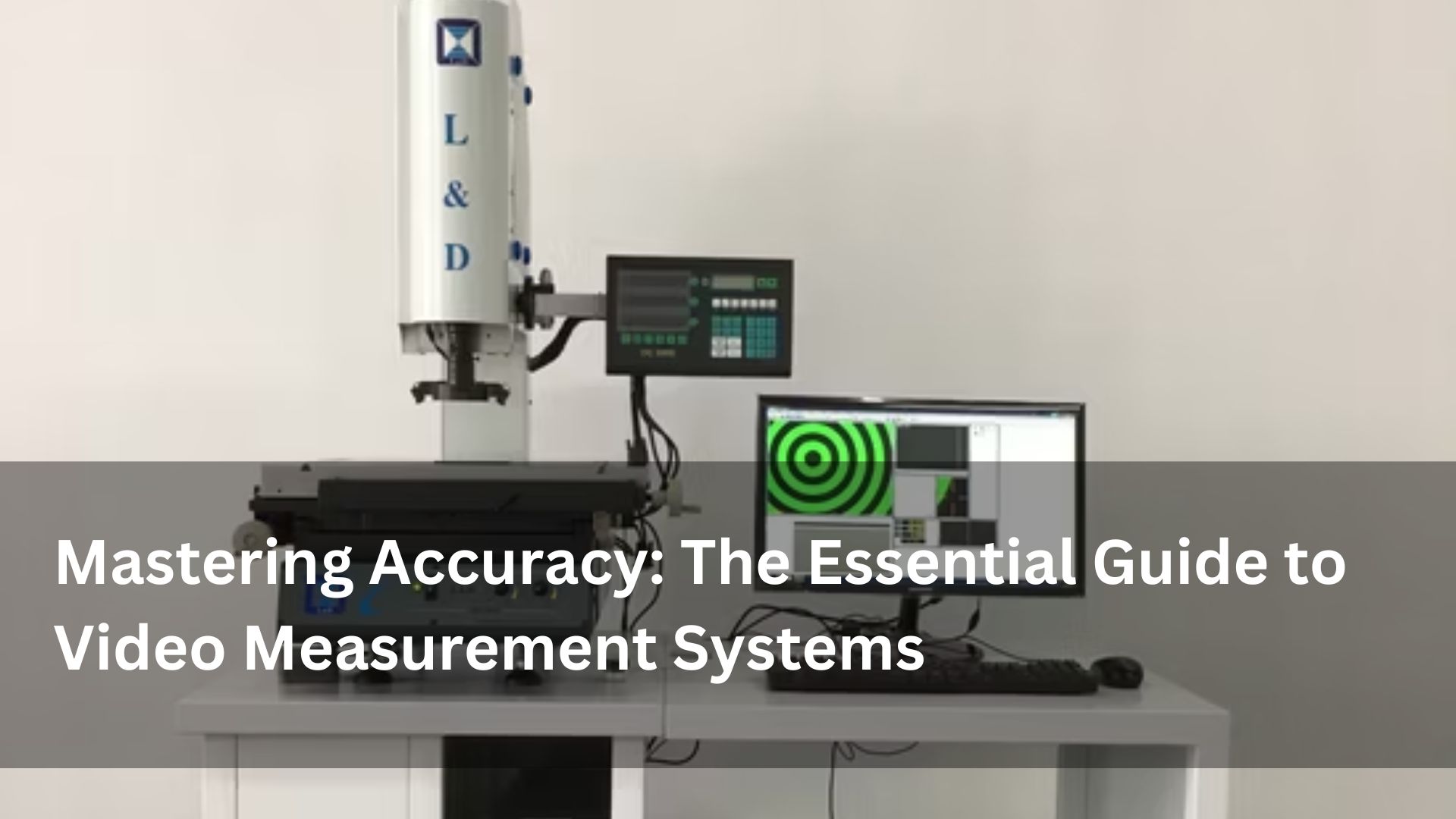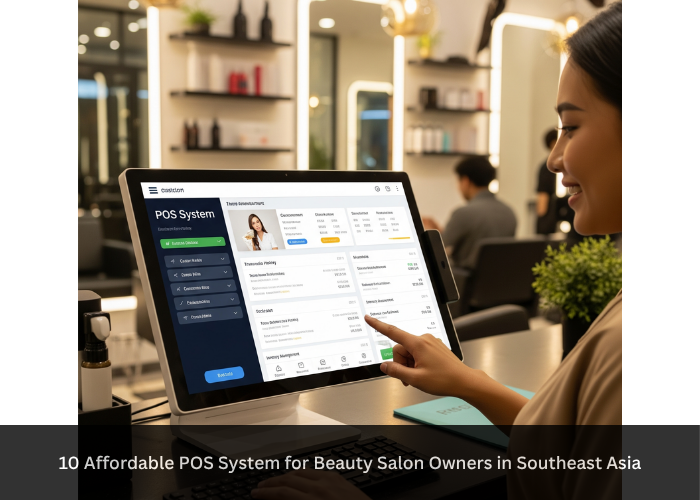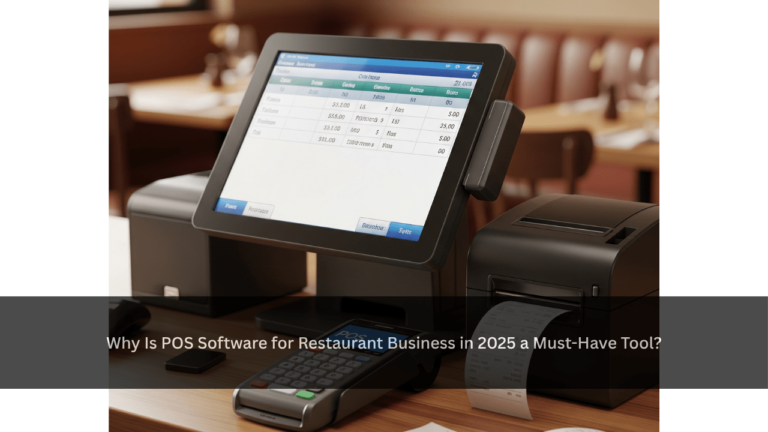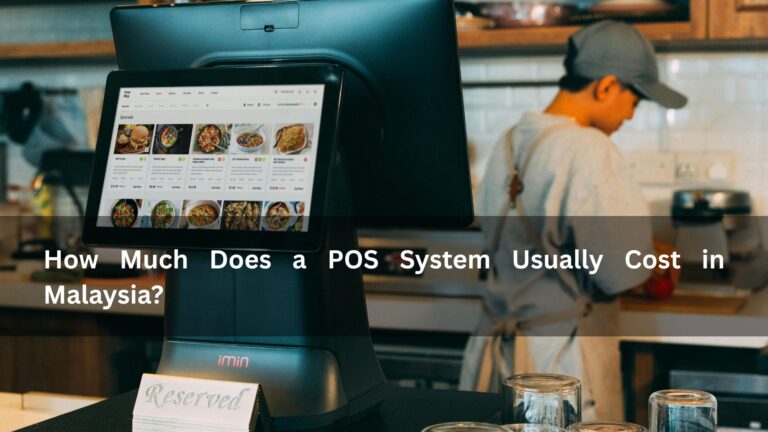In today’s high-tech manufacturing landscape, precision is the foundation of product quality, safety, and performance. Companies across sectors—from electronics and aerospace to medical and automotive—are turning to cutting-edge technology to meet rigorous industry standards. Among the most impactful innovations is the video measurement system. This non-contact, highly accurate inspection tool enables manufacturers to measure components with speed and confidence. This article provides a deep dive into the video measurement system, highlighting how it works, its key benefits, industry applications, and what the future holds for this powerful solution.
What is a Video Measurement System?
A video measurement system (VMS) is an optical, non-contact measuring device that utilizes high-resolution cameras, specialized lighting, and intelligent software to evaluate the dimensions and geometries of a part. Unlike traditional tools like micrometers or gauges, a VMS performs inspections by analyzing images rather than making physical contact, making it ideal for fragile or complex parts.
How a Video Measurement System Works
The core of a video measurement system lies in its ability to capture and analyze images of the subject part. Here’s how it typically operates:
Lighting: LED or coaxial lights illuminate the object.
Image Acquisition: A high-resolution camera captures the part’s image.
Zoom & Focus: Lenses adjust to provide optimal clarity.
Measurement Software: Algorithms detect edges, radii, angles, and more.
Data Reporting: Results are logged and can be exported for records.
This process ensures quick and consistent inspections, reducing variability and operator error.
Key Advantages of a Video Measurement System
Implementing a video measurement system provides several significant benefits:
Micron-Level Precision: Delivers ultra-high accuracy ideal for small, intricate components.
Non-Contact Inspection: Eliminates the risk of part deformation or damage.
Speed & Efficiency: Speeds up inspection cycles compared to manual methods.
Repeatability: Guarantees consistent results across large batches.
Automation-Friendly: Integrates with CNC or robotic systems for continuous measurement.
Versatility: Handles a wide range of materials, shapes, and sizes.
Industrial Applications of Video Measurement Systems
Video measurement systems are used across multiple sectors due to their adaptability and precision:
Electronics: Inspect printed circuit boards (PCBs), connectors, and microchips.
Automotive: Measure gears, engine components, and injection-molded parts.
Medical Devices: Verify dimensions of surgical instruments and implants.
Aerospace: Maintain tight tolerances for turbine blades and airframe parts.
Plastic Injection Molding: Ensure mold quality and post-production conformity.
Types of Video Measurement Systems
There are various configurations of video measurement systems tailored to different needs:
Manual VMS: Hand-operated, ideal for low-volume inspection.
Semi-Automatic VMS: Offers some automated features for repetitive tasks.
Fully Automated VMS: Works in tandem with robotics and CNC for inline inspection.
2D vs. 3D VMS: 3D models offer z-axis measurement for contours and profiles.
Each type serves a unique purpose, depending on inspection demands and production volumes.
What to Look for When Choosing a Video Measurement System
Selecting the right video measurement system depends on your operational goals. Consider the following features:
Resolution: Higher camera resolution provides clearer image data.
Measurement Range: Choose a model that accommodates your part sizes.
Software Features: Auto-edge detection, CAD comparison, and reporting.
Lighting Options: Adjustable lighting for various material surfaces.
Ease of Use: User-friendly interfaces reduce operator training time.
Data Output: Compatibility with your existing QA or ERP systems.
Challenges of Using a Video Measurement System
Despite their benefits, video measurement systems come with a few challenges:
Upfront Cost: Advanced models can be expensive.
Operator Training: Skilled personnel are required to interpret results correctly.
Environmental Factors: Clean, vibration-free settings enhance performance.
Surface Sensitivity: Highly reflective or transparent materials may need specific lighting adjustments.
Addressing these challenges early in implementation ensures smoother integration.
Future Trends in Video Measurement Systems
The evolution of video measurement systems continues to accelerate. Innovations shaping the future include:
AI-Powered Inspection: Intelligent systems that learn to identify defects autonomously.
Cloud Connectivity: Real-time data sharing across global production sites.
AR Integration: Augmented reality overlays to guide users during inspection.
Smart Factory Compatibility: Seamless integration with Industry 4.0 systems.
These advancements promise to make video measurement systems even more powerful and accessible.
Conclusion
A video measurement system is more than a metrology tool—it’s a strategic asset. By offering unmatched speed, accuracy, and flexibility, it empowers manufacturers to improve product quality, reduce waste, and streamline operations. Whether you’re producing intricate micro-components or heavy industrial parts, a video measurement system delivers the precision needed in today’s competitive market.
As industries continue to embrace smart manufacturing, investing in a high-quality video measurement system positions your business at the forefront of innovation and operational excellence.













